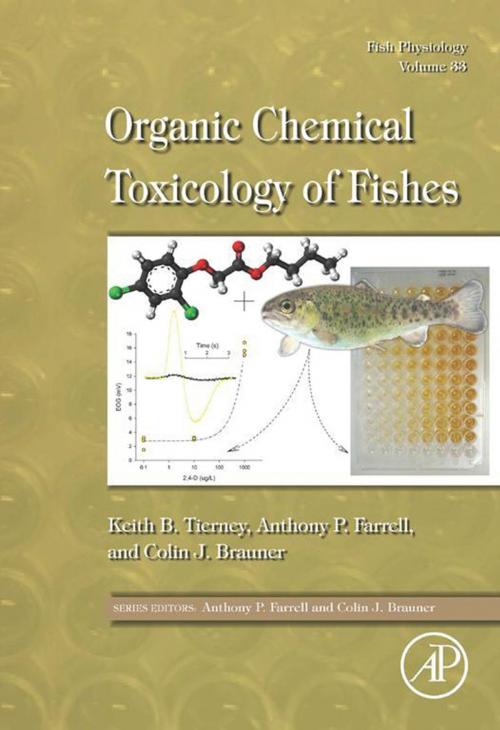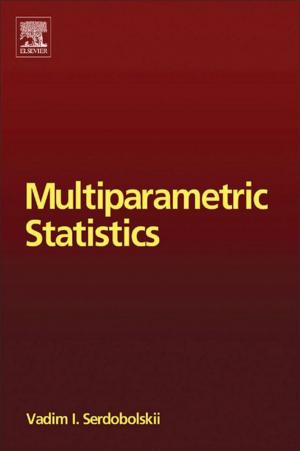Fish Physiology: Organic Chemical Toxicology of Fishes
Nonfiction, Science & Nature, Technology, Fisheries & Aquaculture, Agriculture & Animal Husbandry, Business & Finance| Author: | ISBN: | 9780123982551 | |
| Publisher: | Elsevier Science | Publication: | December 4, 2013 |
| Imprint: | Academic Press | Language: | English |
| Author: | |
| ISBN: | 9780123982551 |
| Publisher: | Elsevier Science |
| Publication: | December 4, 2013 |
| Imprint: | Academic Press |
| Language: | English |
Fish Physiology: Organic Chemical Toxicology of Fishes discusses the different types of organic chemical contaminants and their respective toxic effects in fish. The book also covers the detection of dissolved organic compounds and methods to assess organic toxicity. Substances addressed in this book include organometallics, hydrocarbons, endocrine disrupting compounds (EDCs), insecticides, herbicides, and pharmaceuticals.
Fish are exposed to an ever-increasing array of organic chemicals that find their way into rivers and oceans. Some of these compounds are no longer being produced but nonetheless persist within the environment (persistent organic pollutants, or POPs). The exposure of fish to toxic organic compounds has potential impact on human, fish, and ecosystem health. Yet the regulations that govern environmental water quality vary worldwide, and compliance is never complete. This book provides a crucial resource on these issues for researchers in zoology, fish physiology, and related fields; applied researchers in environmental monitoring, conservation biology, and toxicology; and university-level students and instructors in these areas.
- Organized by type of toxic organic chemicals
- Includes metals, POPs, EDCs, herbicides, insecticides, and pharmaceuticals
- Measures toxicity in a variety of ways aside from lethality
- Probes the toxic effects of compound mixtures as well as single pollutants
Fish Physiology: Organic Chemical Toxicology of Fishes discusses the different types of organic chemical contaminants and their respective toxic effects in fish. The book also covers the detection of dissolved organic compounds and methods to assess organic toxicity. Substances addressed in this book include organometallics, hydrocarbons, endocrine disrupting compounds (EDCs), insecticides, herbicides, and pharmaceuticals.
Fish are exposed to an ever-increasing array of organic chemicals that find their way into rivers and oceans. Some of these compounds are no longer being produced but nonetheless persist within the environment (persistent organic pollutants, or POPs). The exposure of fish to toxic organic compounds has potential impact on human, fish, and ecosystem health. Yet the regulations that govern environmental water quality vary worldwide, and compliance is never complete. This book provides a crucial resource on these issues for researchers in zoology, fish physiology, and related fields; applied researchers in environmental monitoring, conservation biology, and toxicology; and university-level students and instructors in these areas.
- Organized by type of toxic organic chemicals
- Includes metals, POPs, EDCs, herbicides, insecticides, and pharmaceuticals
- Measures toxicity in a variety of ways aside from lethality
- Probes the toxic effects of compound mixtures as well as single pollutants















